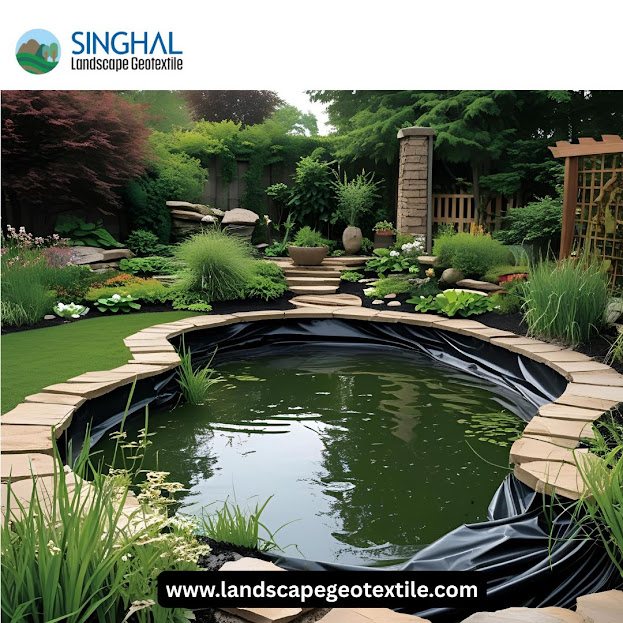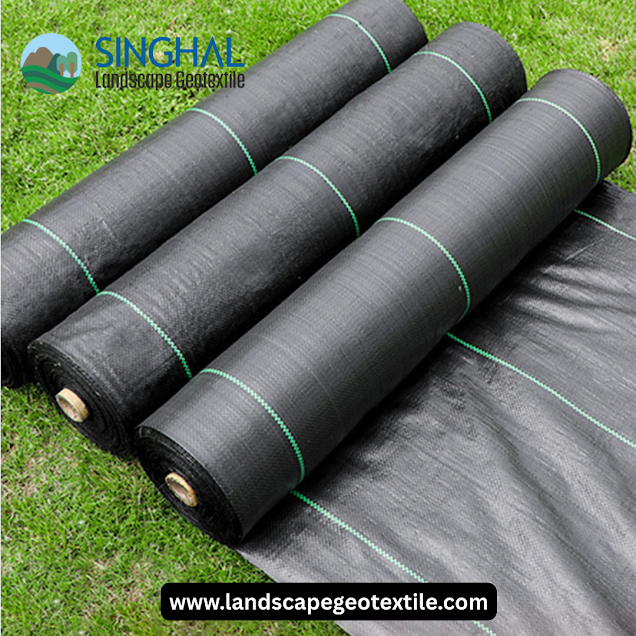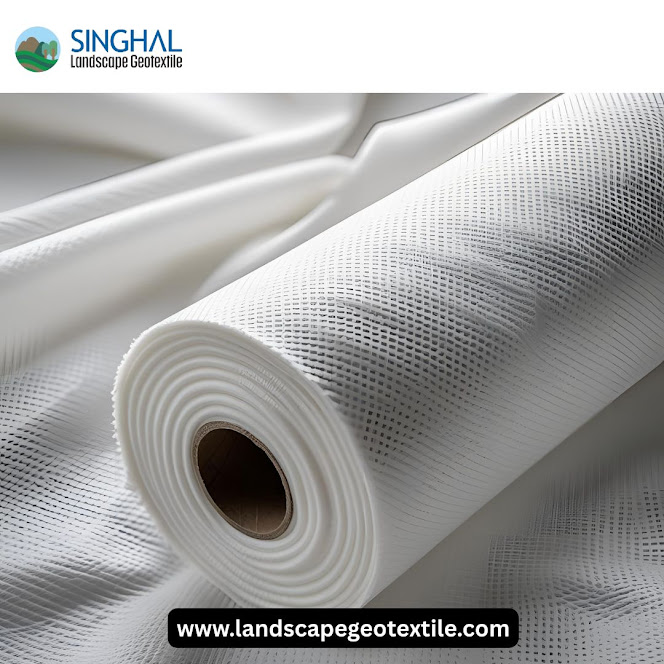PP Spunbond Non-Woven Fabric: A Comprehensive Overview
Introduction to PP Spunbond Non-Woven Fabric
Propylene spunbond non-woven fabric (PP) has changed industries with versatility, durability, and sustainable nature. PP spunbond non-woven is made through a special process that takes polypropylene, spins fibers into a web, and bonds it by thermal or chemical process. The light weight, yet strong base of PP spunbond non-woven makes it suitable for a variety of products and applications including medical products and used in agricultural applications. Industries all around the world are starting to recognize PP spunbond non-woven fabric as a cost effective sustainable product. The ability to modify the fabric in relation to strength, permeability and thickness creates even more opportunities to use the fabric and drives demand for PP spunbond non-woven.
Manufacturing Process and Key Features
The PP spunbond non woven fabric hs code process is created by extruding polypropylene filaments that layer randomly to form a web. The web is bonded together with heat and pressure to create a fabric that is strong, flexible, and tear-resistant. One unique feature of this fabric is it is breathable and allows air and moisture to pass; this is a beneficial quality for use in medical masks, hygiene items, and agricultural covering. PP spunbond non-woven fabric has excellent chemical resistance, some water repellency, and UV stability, making it good for outdoor use too. Its non-porous structure provides a high efficiency of filtration, adding to its popularity in many applications.
Role of a PP Spunbond Non-Woven Fabric Manufacturer
A good quality pp spunbond non woven fabric manufacturer is an important supplier if we desire to maintain quality and continuity of supply. These manufacturers tend to invest heavily in sophisticated manufacturing machines used to make fabrics that conform to international standards, and also have various quality control systems in place. In Gujarat, which has emerged as a hub for industrial manufacturing, many quality pp spunbond non woven fabric manufacturer companies have come up in terms of establishment and production activities. With respect to their selling quality pp spunbond non woven fabric, they predominantly emphasize their unique selling points of innovation, eco-friendly (environmentally friendly) production processes, customized solutions to adapt to the specific needs of their multiple customers.
Understanding the HS Code for PP Spunbond Non-Woven Fabric
The harmonized system (HS) code for PP spunbond non woven fabric manufacturer in gujarat is important for international trade and customs clearance. HS codes support classification and tax management for goods imported into and exported from a country. Specifically, the HS code for polypropylene spunbond non-woven fabric is most often categorized under the broader non-woven textiles, typically HS code 5603 or the equivalent of the country's customs classification. An understanding of the PP spunbond non-woven fabric HS code is important for manufacturers and traders to: ensure compliance, avoid delays in customs clearance, and maximize any potential tariff benefits. Manufacturers and traders may benefit from consulting a knowledgeable customs broker or trade expert to navigate HS codes and classifications if they are dealing with multiple markets.
PP Spunbond Non-Woven Fabric Manufacturer in Gujarat
Gujarat has positioned itself as a leading producer of non-woven fabrics, including PP spunbond non-woven fabric. The presence of a sound industrial base, availability of raw material and skilled workers has led to the success of local companies. A pp spunbond non woven fabric manufacturer in Gujarat enjoys raw material sources, accessible export routes and government policy support. These manufacturers primarily focus on producing quality non-woven fabrics for a range of applications such as medical, agricultural, and construction. Most manufacturers make sustainability and manufacturing impact, and have adopted green technologies that are compliant with global expectations and market demands.
Applications and Market Demand
The uses of PP spunbond non-woven fabric will vary tremendously and continue to grow. In health care, it is the material of choice for surgical masks, caps, gowns, etc., due to its filtration and barrier capabilities. In agriculture, it is used for crop covers, weed control mats, and soil stabilization fabric. In the packaging sector, this material is used for shopping bags, sacks, and wraps that have strength combined with light weight. It also has environmental uses, including geotextiles used for erosion control, and landfill liner, etc. The global demand for environmentally sustainable and cost-effective materials has driven the PP spunbond non-woven fabric market tremendously.
Conclusion and Future Outlook
In sum, PP spunbond non woven fabric manufacturer is a unique and resilient material well-suited to a wide range of industrial applications. The growing importance of sustainable manufacturing makes the role of a good PP spunbond non woven fabric manufacturer even more important. With the growth of industry in Gujarat, the pp spunbond non woven fabric industry has remained a strong source of supply for international markets. Advances in technology only add to the possibilities for pp spunbond non-woven fabric as it continues to push new boundaries and develop into new sectors such as automotive and apparel. Regardless of whether your business revolves around manufacturing, trade or end use, ensuring you stay knowledge of the developments and regulations in the ever evolving landscape of PP spunbond non-woven fabric will ultimately allow you to tap the potential of this ever-growing market.
Frequently Asked Questions
Who is the largest manufacturer of PP Spunbond Non Woven Fabric?
The largest manufacturer of PP Spunbond Non-Woven Fabric is Singhal Landscape Geotextile Manufacture. Renowned for its extensive production capacity and commitment to quality, Singhal Landscape Geotextile Manufacture.Is PP spunbond non-woven fabric environmentally friendly?
Yes, polypropylene is recyclable, and many manufacturers adopt eco-conscious practices during production, making the fabric a sustainable choice when properly disposed of or recycled.How do I identify the correct HS code for importing PP spunbond non-woven fabric?
Consult with a customs expert or refer to your country's tariff classification guidelines. Typically, the HS code falls within the 5603 category for non-woven fabrics.



.jpg)
Comments
Post a Comment